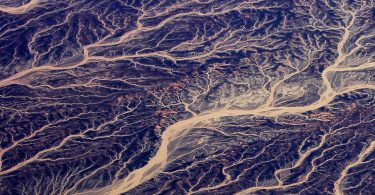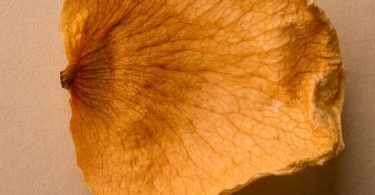Some dark spots are a mark of skin aging. They result from the disruption of pigment mechanisms and aggravating factors including glycation.
1 – Acceleration of melanogenesis:
Melanin is a brown pigment that gives the skin its natural color. Its role is to protect the skin against UVs. With age, repeated exposure to UVs causes a disruption of melanogenesis and leads to the formation of pigment spots.
It has been observed that AGEs (Advanced Glycation Products) are capable of stimulating melanogenesis (1). In addition, UV exposure increases glycation which, in turn accelerates photoaging already in progress.
2 – Accumulation of lipofuscins:
Lipofuscin is a brown pigment composed of cellular debris linked to aging factors and in particular oxidation and glycation.
It has been observed that lipofuscins have the characteristic of accumulating on cells subject to glycation (2).
Glycation is at the heart of a vicious circle associating aging and age spots.
Repairing and preventing age spots linked to aging involves glycation control: reducing the consumption of sugars, taking deglycating nutritional supplements, ensuring permanent photoprotection.
© AGE Breaker update 06 2022
[Glycation is one of the major causes of aging. Resulting from the fixation of sugars on the proteins constituting the organism, glycation generates toxic compounds that cause cellular aging. Glycation is particularly involved in metabolic disorders, skin aging and cognitive decline.] [AGE BREAKER, patented nutritional supplements, based on rosmarinic acid, recognized around the world by aging specialists for their properties to reverse the effects of glycation.]More on www.agebreaker.com
#agebreaker #glycation
(1): Lee, Eun Jung et al. “Advanced glycation end products (AGEs) promote melanogenesis through receptor for AGEs.” Scientific reports vol. 6 27848. 13 Jun. 2016, doi:10.1038/srep27848.
(2): Skoczyńska A et al. “Melanin and lipofuscin as hallmarks of skin aging”. Postepy Dermatol Alergol. 2017;34(2):97–103. doi:10.5114/ada.2017.67070









